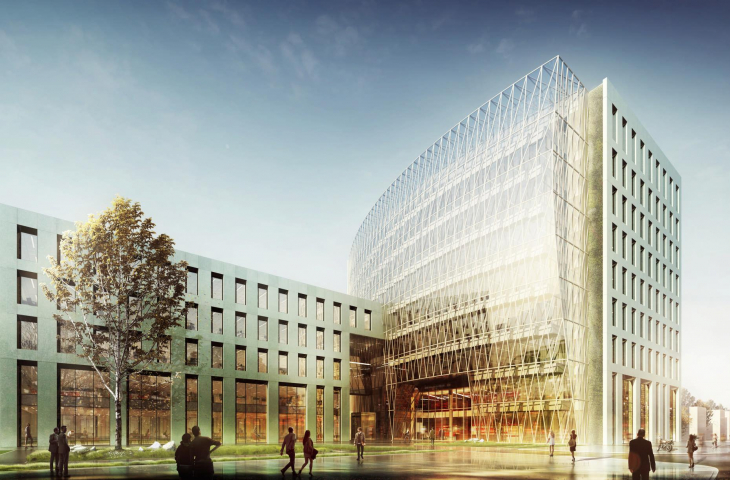What does it mean to be an architect today? What are the conditions for practicing this profession? In the series "The Profession of Architect" we address these two questions to Polish architects and female architects, and we illustrate the statements with unrealized office projects. In today's installment of the series - Stanislaw Deńko, founder of the Cracow studio WIZJA.
Stanislaw Deńko
Photo: Łukasz Lic Łobzowska Studio © WIZJA
To answer these questions, it is first necessary to refer to architecture and its role in everyday life, past and present. Architecture, once regarded as the queen of the arts, today is increasingly rarely associated with this term. Perhaps civilization and economic factors have caused technique and profit - not form - to become dominant. This one, although still important, has turned out to be secondary, a secondary phenomenon, often based on fashion. The concept of style seems to be going away. Globalization and the standardization that follows it are causing a serious threat to the maintenance of architecture's identity with place and native culture.
These factors do not always determine the ultimate value of works of architecture understood as art. For this to happen, the architect must feel and be an artist. Understanding form in architecture and its role as art involves an awareness of the power of its impact on the human senses and the emotions it evokes. The world of emotions is inextricably linked to form and its quality in the sphere of mental sensations related to the aesthetics of the environment.
To be an architect means to have the ability to create original works with great power of influence, moving our sensitivity to beauty. However, the architect's workshop is not only artistic ability, but also craftsmanship of the highest quality. Added to this is a responsibility that other artists are burdened with to a much lesser degree. A painter, musician or sculptor create works that we may or may not like and admire. However, they do not have a dominant influence on our daily lives and the choices we make. An artistic approach is necessary to skillfully apply aesthetic solutions that are compatible with technological, structural and material considerations. This is what differentiates us from engineers, who can potentially become architects provided they meet the above criteria. Architecture surrounds us and whether we want it or not it affects us. Thus, on the side of the architect stands during the act of creation, in addition to the artistic challenge, the need for knowledge and skill, as well as experience in associating all the factors that affect the final appearance of the work. It would be a trivial oversimplification to overlook the fact that architecture must respond to other objectives, most importantly function and ensuring the sustainability of the "work." These very important considerations are integral values of the work, which must fall within the concept of art.
Stanislaw DEÑKO
WIZJA Studio Architektoniczne


























































